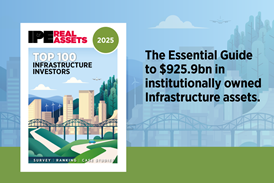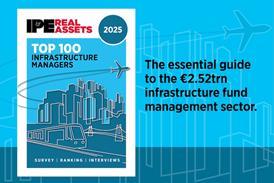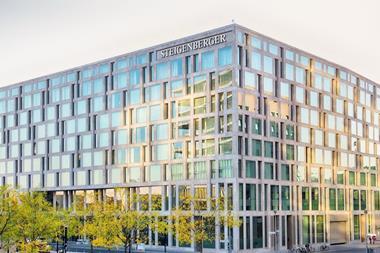The Netherlands posted the strongest non-listed real estate performance on record with total returns of 14% in 2016, according to the INREV Annual Index.

Despite this boost, annual returns across Europe dropped to 6% in 2016 from a nine-year high of 9.7% in the previous year. Much of the fall was driven by weaker performance in Q2 and Q3 which stemmed from much lower valuations in the UK before and after the Brexit referendum.
‘The uncertainty surrounding Brexit caused widespread caution, but this was probably just an extension of the underlying characteristics of the largest and most volatile market in Europe,' commented Henri Vuong, INREV’s director of research and market information. 'While deployment of capital remains a challenge, there is a possibility that the UK market is stabilising after reaching its post-crisis peak of 16.7%, in 2014.’
In 2016, the UK plummeted to 2.2%, its lowest return since 2012 (0.6%) and far from the 12% recorded in 2015. In contrast, France and Germany posted robust results at 10.3% and 7.9%, respectively. Overall, continental Europe posted returns of 8%, beating the UK for the first time since 2008.
By sector, residential was the best performing in 2016, reaching a 15.8% return, 6.1% ahead of 2015. In the Netherlands, for example, residential was the most significant driver of performance, accounting for 64.8% of NAV allocation.
Contrastingly, the industrial/logistics sector, which has been a highly sought-after investment opportunity valued for its security, delivered 7.4% returns in 2016 – a perhaps surprising result. However, industrial/logistics still performed better than sectors such as retail at 5.2% and office at just 3.1%, signalling likely continued investor appetite for this sector.
Henri Vuong, added: ‘The UK’s Q4 recovery after Brexit signals that investor interest in Europe’s non-listed real estate industry will remain strong in 2017. Investors are still increasing their allocations to real estate and this could take several years to reach target levels for some, which points towards a continuing sense of confidence in the market.’










